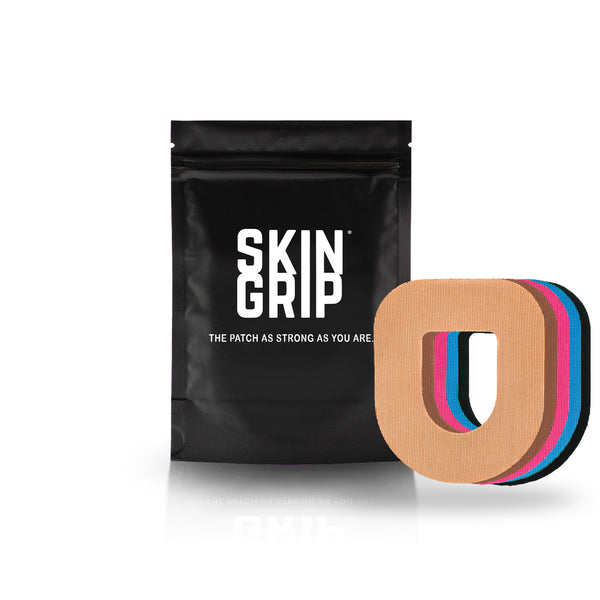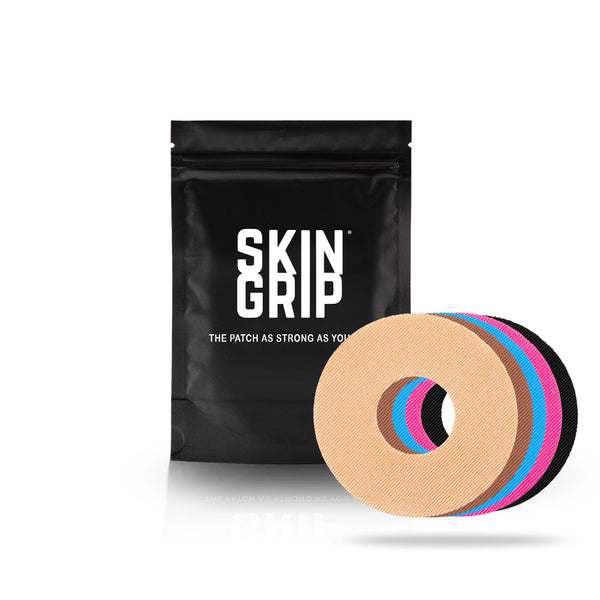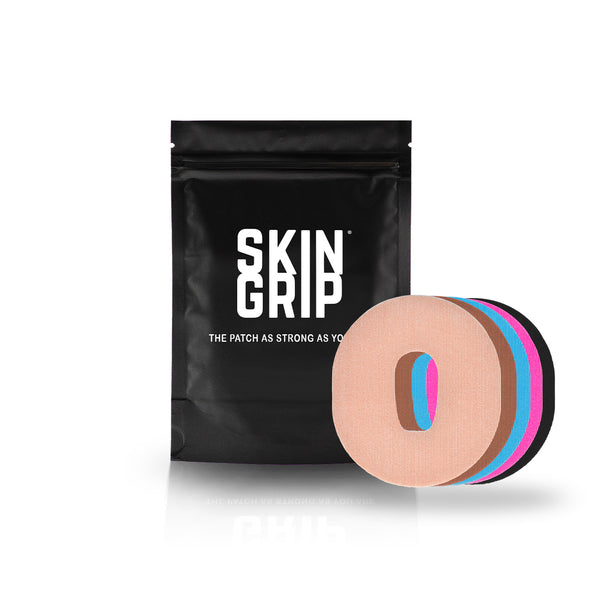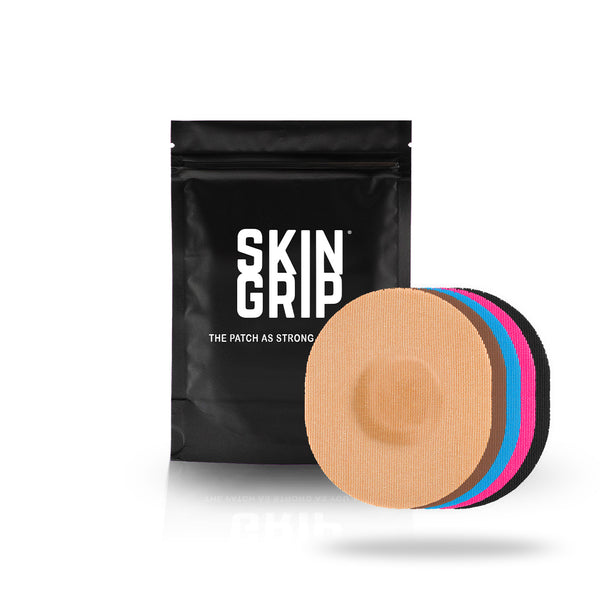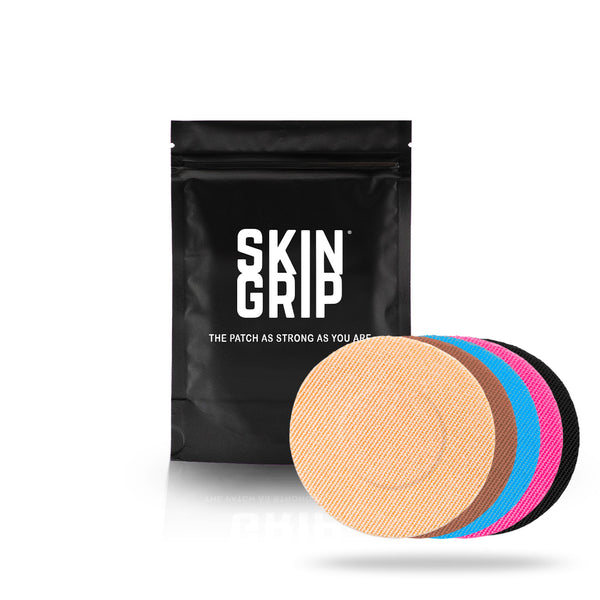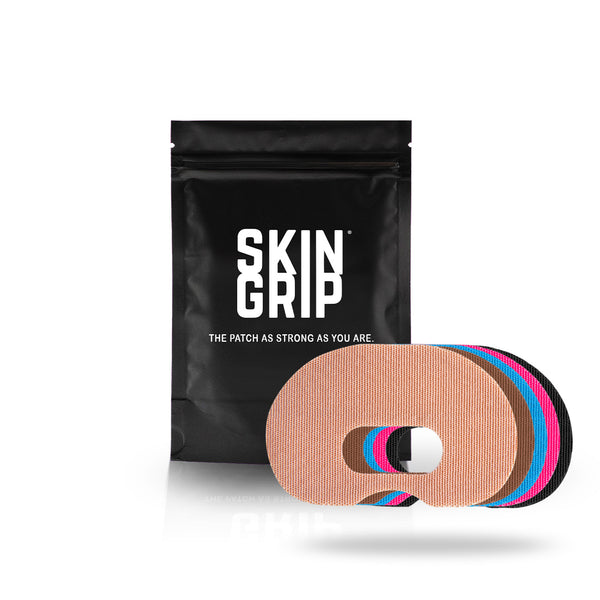*Disclaimer: All content and information in this blog is for informational and educational purposes only.

Do you dread going to your endocrinologist appointments when it’s time for them to view your blood sugar “report card”? It is difficult to remember what you ate for breakfast yesterday, let alone why your blood sugar went out of range 2 months ago. But, what if there was a way that you could show up to these appointments where you already self-identified your blood sugar trends and patterns so your provider doesn’t have to pick and probe and ask “what happened here?” This blog post is going to help you take action before your next endocrinology appointment by showing you how to use your CGM data to self-identify patterns and trends.
How to view your CGM data
There are a number of diabetes apps you can use to view your CGM data. Depending on your CGM manufacturer, you can use their designated app to access self-generated reports. These include: Dexcom Clarity for Dexcom users, LibreView for Freestyle Libre users, and Guardian Connect for Medtronic users. If you do not use a CGM, Glooko is an app that can sync to your meter and generate similar reports.
What do Continuous Glucose Monitor Terms Mean
When looking at your CGM data, there are a few terms that you want to keep a close eye on. These CGM terms are going to provide you with essential information for what is actually going on in your management. They include:
-
Time in Range: the amount of time spent between 70-180mg/dL (3.8-10mmol/L)
Average Glucose: average or mean of blood sugar levels over a period of time. - Standard Deviation: variation or how high or low blood sugar levels deviate from the average.
- Patterns: repetitive or consistent blood sugar levels that are either high or low during certain points of the day
How to Review CGM Data
CGM data can be an incredibly powerful tool in type 1 diabetes management. But when you are first starting out and looking at your data for the first time, it can be information overload. Here are a few questions to ask yourself when you open up your reports:
Where are your patterns?
First and foremost, you want to be able to identify which time of day your blood sugars are having the most variability. If you can identify where this pattern is happening during the day, you have just a few hours of your day that you can look at and really investigate what is going on.
What is influencing your patterns?
Once you are able to identify patterns, you want to consider the possible factors that are influencing these results. Some factors to consider are: insulin timing, insulin amount, carb counting, grazing, high fat meals, exercise, stress, lack of sleep, vacation, travel, failed pump sites, or illness.
How can you break down this variability?
Now that you have identified the possible reason behind this variability, you want to test some of the possible variables that you have listed. This could be trying longer prebolus timing, increasing your basal or bolus amounts, prioritizing carb counting, eating consistent meals, getting enough sleep, and managing stress levels.
When will you implement it?
Since you identified what you are going to be adjusting, you want to make a plan on when you will commit to making these changes. By making a plan, it can make it easier to actually implement these changes by holding yourself accountable.
Who do you need support from?
It can be overwhelming to take in all this information by yourself. It is important to remember who you have on your team for support, who can hold you accountable, and who can be a part of the process with you. This can be a partner or a friend that reminds you to take your insulin before meals. It can also be your healthcare providers by telling them what you’ve identified and what adjustments they think you should be making.
These five easy steps can help you take ownership of your own management without needing to rely solely on your healthcare provider every three months. Being able to take ownership with what is happening in your management by assessing your data can allow you to ask questions, get curious, get analytical, and take actionable steps towards lowering your A1C and increasing your time in range without feeling overwhelmed in the process.











